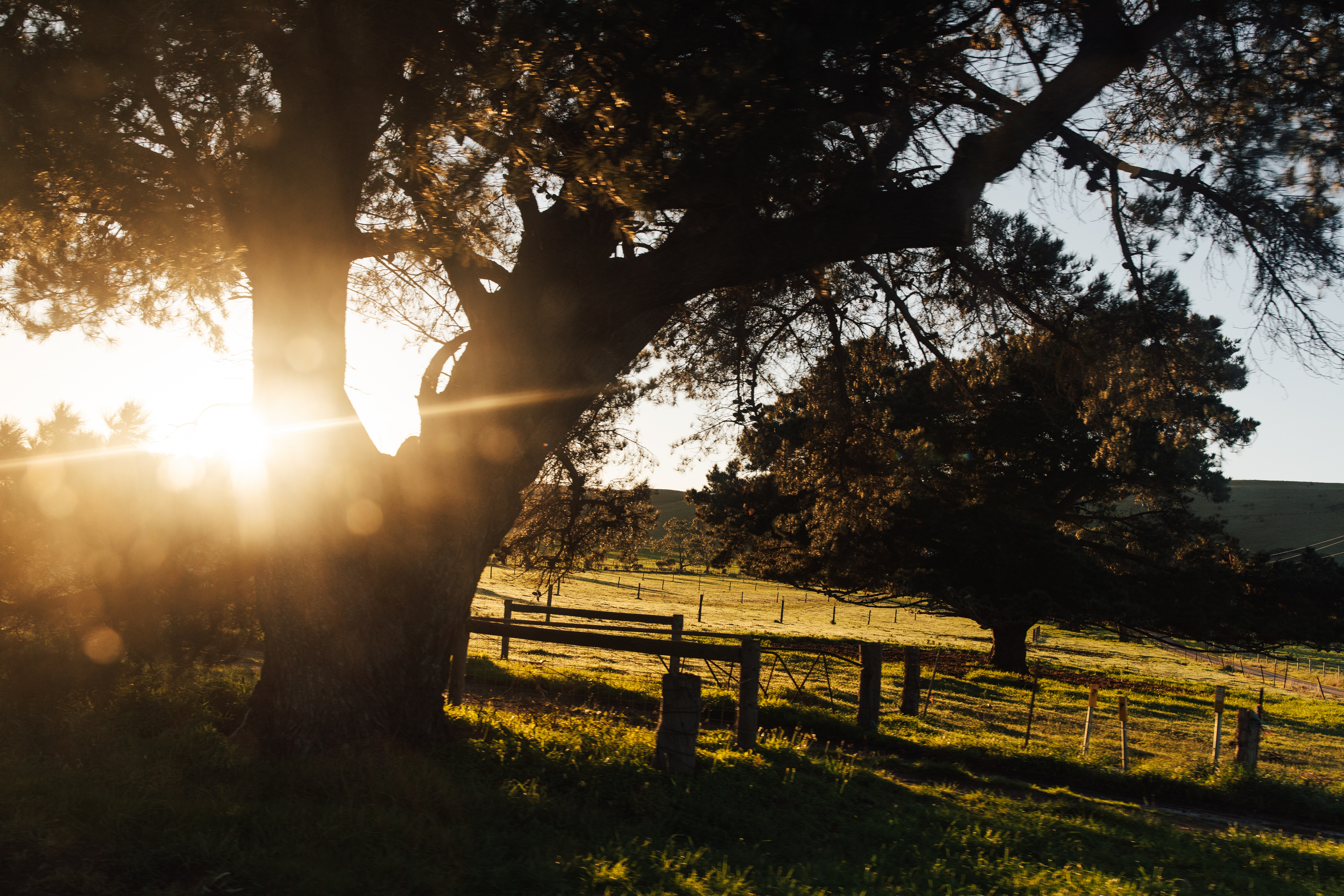
Make time to calculate feed requirements
This season has delivered a very different weather pattern to that which has been seen in recent years, bringing with it a range of challenges for our industry and for producers.
Below average rainfall, combined with cold temperatures, has resulted in minimal pasture growth during what is normally considered the growing season.
While there has been reasonable rainfall across much of the state in the past week, forecasts and predictions are suggesting we will not see a spike in pasture growth for another six weeks or so.
At Livestock SA, it has been recognised that if producers have not already done so, it is an important time to plan for the feed requirements of stock for the next six months.
There are three areas which need to be considered as part of the feed planning process: the feed requirements of the different classes of stock on the property should be considered; what are the requirements and what are options available to meet those requirements; and how do we look after people while we are busy looking after stock and property?
There are many free information resources available regarding what different breeds of sheep and cattle require for sustenance and production at different ages, weights and pregnancy statuses.
Both Meat and Livestock Australia (MLA) and Australian Wool Innovation (AWI) have produced useful online documents and video clips which outline what energy requirements are for different ruminants.
A review of the needs of different classes and mobs will outline the amount of feed needed over the coming months and allow producers to implement management strategies to maintain productivity and performance.
At Livestock SA, we are aware that much of the state’s hay supply has either been consumed during the first half of the year or has been shipped or trucked to New South Wales and Queensland over the course of the past three months.
Given our commitment to sustainable production, it is important that livestock remain healthy and pastures are not overgrazed wherever possible.
Options for feeding stock are many and varied but are likely to be different to what is considered normal. Supplementary feeding, creep feeding, confinement and containment feeding are just some of the options producers can consider in these challenging times.
Formulating a plan for managing stock over the coming months is not only important for the health and productivity of farm businesses but is also really important for the people working within that business.
A clear understanding and considered plan concerning what to do if it rains – or doesn’t rain – provides clarity at a time which is extremely stressful for all of those involved in a farming operation.
Livestock SA is talking with both the state and federal governments, highlighting the need for mental health support during what is a very stressful time for many.
While support of this kind would be welcomed, it is important that we all take the responsibility to check in with neighbours and relatives, recognising that seasonal issues are something we all share and need to overcome together.
– ANDREW CURTIS, Chief Executive Officer, Livestock SA
